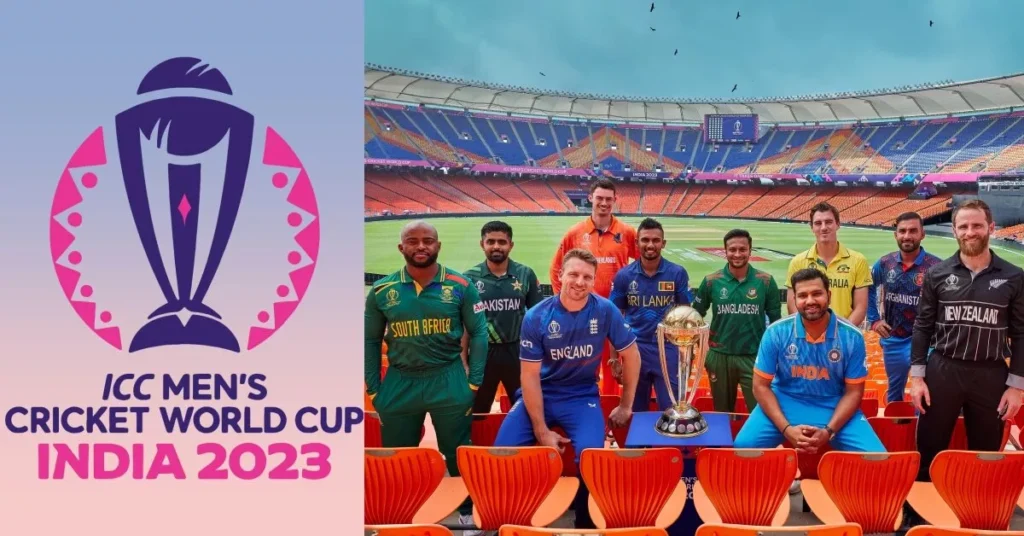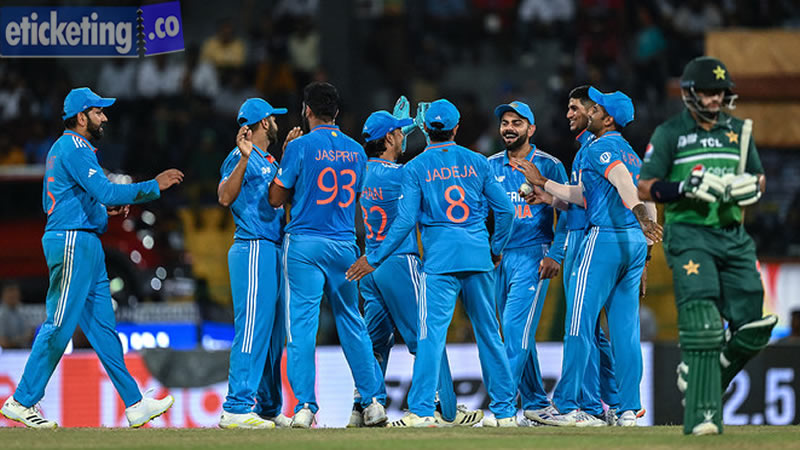Introduction
The ICC Cricket World Cup is the most prestigious event in the world of One Day International (ODI) cricket. It is a tournament that captivates the cricketing world with thrilling matches, iconic moments, and the crowning of a world champion. In this blog post, we will delve into the format and rules that govern the ODI World Cup, providing fans with a comprehensive understanding of how the tournament unfolds.
1. Format: Round-Robin Followed by Knockout Stage

The Cricket World Cup follows a format that combines a round-robin group stage with a knockout stage. In the group stage, participating teams are divided into groups, and each team plays a set number of matches against the other teams in their group. The top teams from each group advance to the knockout stage, which includes quarterfinals, semifinals, and the final.
2. Participating Teams

The number of participating teams in the World Cup has varied over the years. In recent editions, there have been ten teams. However, the number of teams may change in the future. The teams qualify through a combination of their rankings and regional qualifying tournaments.
3. Group Stage Points System
In the group stage, teams earn points based on their performance in each match. The standard points system is as follows:
- Win: 2 points
- Tie or No Result: 1 point
- Loss: 0 points
The group stage matches are crucial as they determine which teams advance to the knockout stage.
4. Net Run Rate

In the event of teams having the same number of points in the group stage, the net run rate becomes a tiebreaker. Net run rate is calculated by subtracting the total runs conceded from the total runs scored and then dividing it by the total number of overs faced.
5. Knockout Stage
The knockout stage of the World Cup includes the quarterfinals, semifinals, and the final. It is a single-elimination format, where the winner of each match progresses to the next round. The final is the pinnacle of the tournament, with the winning team being crowned World Cup champions.
6. Power Plays and Fielding Restrictions
One of the unique features of ODI cricket, including the World Cup, is the concept of power plays and fielding restrictions. During the first ten overs, only two fielders are allowed outside the 30-yard circle. Between the 11th and 40th overs, a maximum of four fielders can be outside the circle, and in the final ten overs, the restriction is lifted, allowing all fielders to be positioned as the captain wishes.
7. Super Over Tiebreaker
In case of a tie in the knockout stage, including the final, a Super Over is played. Each team gets one over to bat and one over to bowl. The team with the highest number of runs in the Super Over wins the match.
Conclusion: The Ultimate Cricketing Spectacle
The ICC Cricket World Cup is a showcase of cricketing excellence, and understanding the format and rules of the tournament enhances the viewing experience for fans around the world. With its unique blend of group-stage battles and knockout-stage drama, the World Cup provides unforgettable moments that reverberate throughout the cricketing community. As the next edition approaches, fans can look forward to witnessing the drama, excitement, and cricketing brilliance that only the ODI World Cup can offer.
